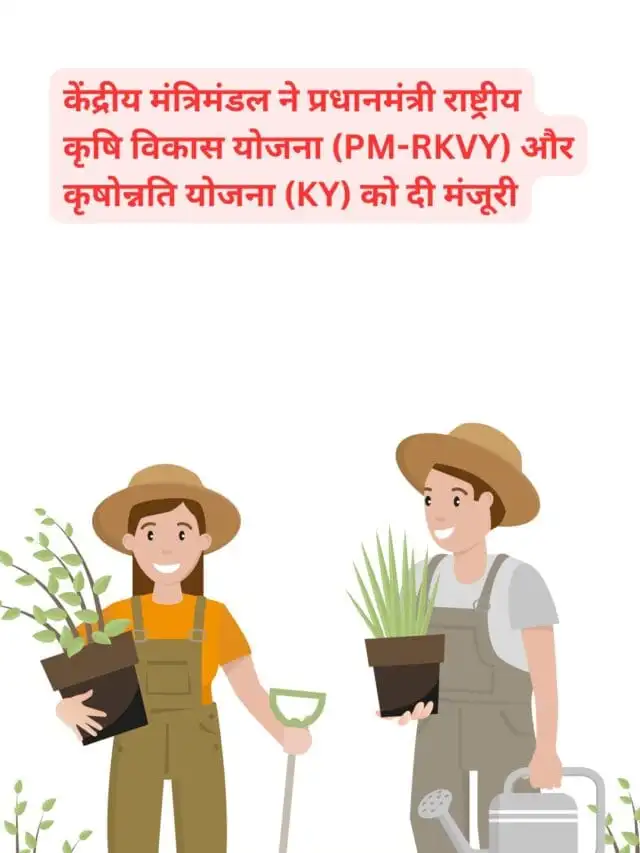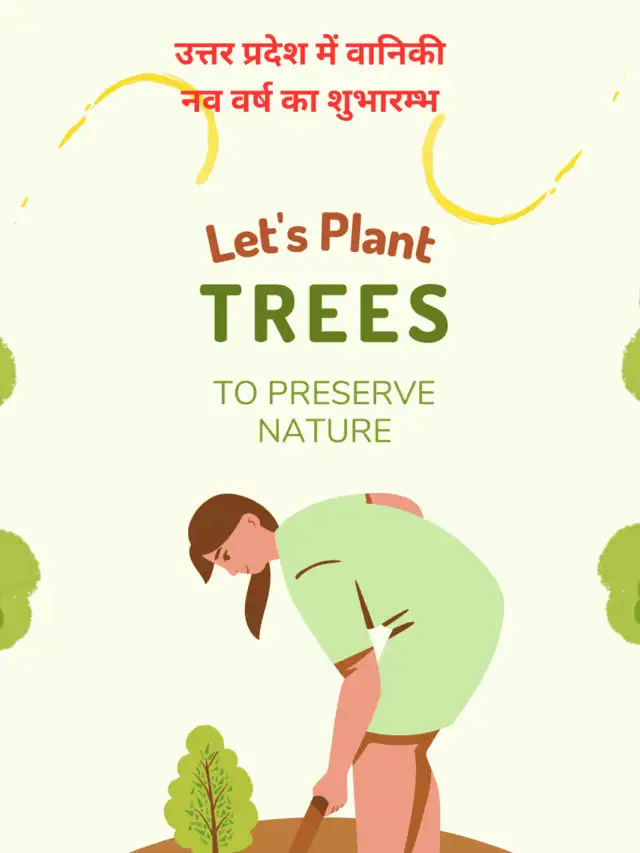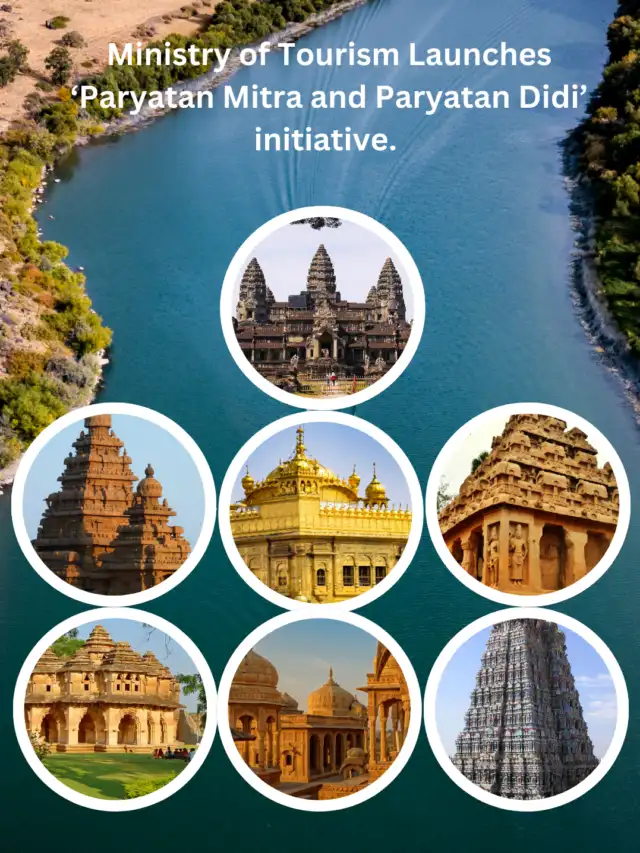Auto Amazon Links: Could not resolve the given unit type, . Please be sure to update the auto-insert definition if you have deleted the unit.
Auto Amazon Links: Could not resolve the given unit type, . Please be sure to update the auto-insert definition if you have deleted the unit.
Scientific deep drilling?
Scientific deep drilling is the enterprise of strategically digging boreholes to analyse deeper parts of the earth’s crust. It offers opportunities and access to study earthquakes and expands our understanding of the planet’s history, rock types, energy resources, life forms, climate change patterns, and more.
The Borehole Geophysics Research Laboratory (BGRL) in Karad, Maharashtra, is a specialised institute under the Ministry of Earth Sciences mandated to execute India’s sole scientific deep-drilling programme. Under BGRL, the aim is to drill the earth’s crust to a depth of 6 km and conduct studies to help expand the understanding of reservoir-triggered earthquakes in the Koyna-Warna region of Maharashtra.
This region has been experiencing frequent earthquakes since the Shivaji Sagar Lake, or the Koyna Dam, was impounded in 1962.BGRL’s 3-km-deep pilot borehole in Koyna is complete; the Ministry of Earth Sciences is committed to reaching a depth of 6 km.
Scientists don’t yet have a way to predict when and where an earthquake will occur. We know powerful earthquakes at the boundaries of tectonic plates, which measure more than 7.5 on the Richter scale, are almost certainly associated with a severe loss of infrastructure and life. In the ocean, these geological events trigger tsunamis.However, more minor earthquakes that occur in a plate’s interior are more challenging to predict because they occur at the least expected sites and could strike densely populated habitats. This is why scientific deep drilling is an indispensable tool for progress in the earth sciences.
Benefits of this mission
Scientifically drilled boreholes can be a hub of direct, unique in situ experiments and observations and monitor a region’s fault lines and seismic behaviour. They also provide exact and fundamental knowledge of the composition of the earth’s crust, structure, and processes, and help validate models based on surface studies. Thus, it can inform a range of societal problems related to geohazards and geo-resources.
Investing in scientific deep-drilling can also help expand scientific know-how and technological innovation, especially in seismology (the study of earthquakes). It can also spur the development of tools and equipment for drilling, observation, data analysis, sensors, etc.
Achievement
The pilot drilling mission was a success and has yielded significant new information about the subsurface geological environment. For one, it revealed 1.2-km thick, 65 million-year-old Deccan trap lava flows, and below them 2,500-2,700-million-year-old granitic basement rocks. Downhole measurements of core samples and conditions from a depth of 3 km have also provided new information about the physical and mechanical properties of rocks, the chemical and isotopic composition of formation fluids and gases, temperature and stress regimes, and fracture orientations.
Next
The pilot data will inform future drilling. Modelling experiments suggest the temperature at 6 km could be 110-130 degrees C. Drilling equipment, downhole data acquisition systems, and sensors for long-term placement at depth need to be designed accordingly. The Koyna data and samples will also facilitate new experiments. More than 20 research groups nationwide are already studying the Koyna samples. One is examining the gouge from fault zones to understand the frictional properties of rocks in quake-prone regions. Another is characterising microbes on these rocks to understand life forms that thrive in hot, dark, nutrient-poor environments. Their findings could potentially yield new molecules and clues to improve industrial processes.
Members of the international geological research community have also sought access to core samples for projects in emerging fields such as carbon capture and storage in the deep Deccan traps. In sum, the Koyna exercise is establishing a firm footing in scientific deep-drilling for India. Its lessons will inform future deep-drilling experiments and expand academic knowledge in multiple ways.
(source:The Hindu)
Auto Amazon Links: Could not resolve the given unit type, . Please be sure to update the auto-insert definition if you have deleted the unit.
Auto Amazon Links: Could not resolve the given unit type, . Please be sure to update the auto-insert definition if you have deleted the unit.




